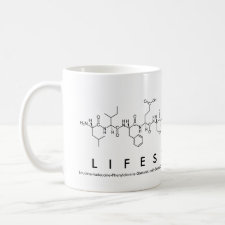
Authors: Wang XJ, Xu ZL, Feng JL, Bing NC, Yang ZG
Article Title: Molecularly imprinted membranes for the recognition of lovastatin acid in aqueous medium by a template analogue imprinting strategy.
Publication date: 2008
Journal: Journal of Membrane Science
Volume: 313
Issue: (1-2)
Page numbers: 97-105.
DOI: 10.1016/j.memsci.2007.12.067
Alternative URL: http://www.sciencedirect.com/science/article/B6TGK-4RHP9B4-3/2/7970a324d95487547d98e71bd522044e
Abstract: Molecularly imprinted composite membrane for selective binding and permeation of lovastatin acid from aqueous solutions was developed by means of target analogue imprinting strategy. To improve mechanical stability of the membrane, polyvinylidene fluoride (PVDF) ultrafiltration membrane was used as support. The thin imprinted layer was formed by copolymerization of methacrylic acid (MAA) as functional monomer and ethylene glycol dimethacrylate (EDMA) as cross-linker in the presence of lovastatin as dummy template in acetonitrile solution. The attenuated total reflection Fourier transform infrared spectroscopy (ATR-FTIR) and scanning electron microscope (SEM) were used to visualize surface and cross-sections of membranes to gain better understanding in the analysis of imprinted layer deposited on PVDF support membranes. The modification degrees are 2.28 and 2.40 mg/cm2 for imprinted and non-imprinted membranes, respectively, and the saturated binding capacity of imprinted membrane is about 0.25 μmol/cm2, nearly 10 times of that of non-imprinted one. The permeation performances of membranes were evaluated through kinetic filtration experiments. It was found that the diffusive selectivity of imprinted membrane could be adjusted by varying the pH of the feed solutions and operation pressure of the filtration system. The transport selectivity shown at higher pH value should be attributed to not only the electrostatic interactions and/or hydrogen bonding between the permeants and membranes but also to hydrophobic effect between permeants and aqueous medium
Author keywords: molecularly imprinted membrane, Molecular recognition in water, Template analogue imprinting, dummy template, Lovastatin



Join the Society for Molecular Imprinting

New items RSS feed
Sign-up for e-mail updates:
Choose between receiving an occasional newsletter or more frequent e-mail alerts.
Click here to go to the sign-up page.
Is your name elemental or peptidic? Enter your name and find out by clicking either of the buttons below!
Other products you may like:
 MIPdatabase
MIPdatabase









